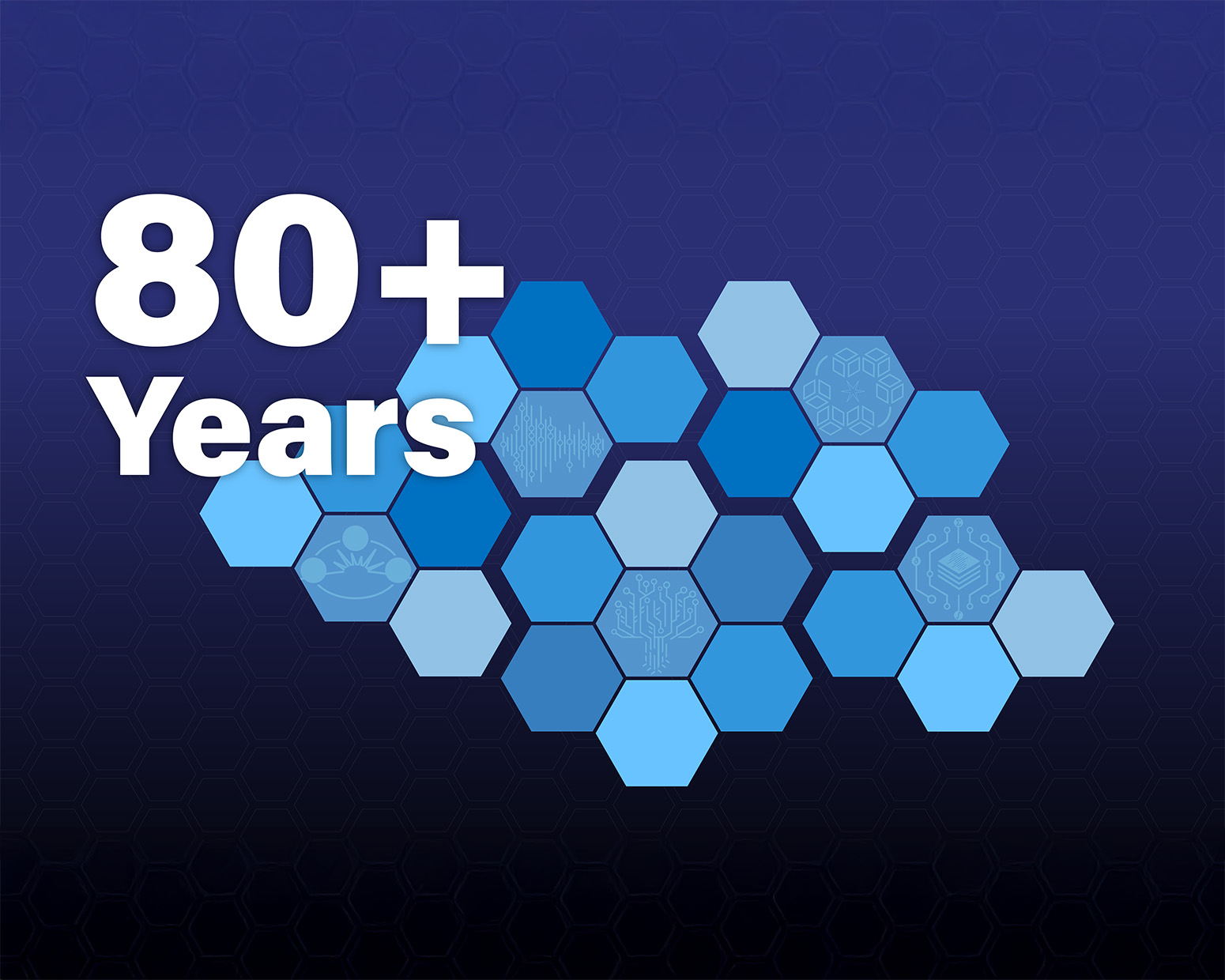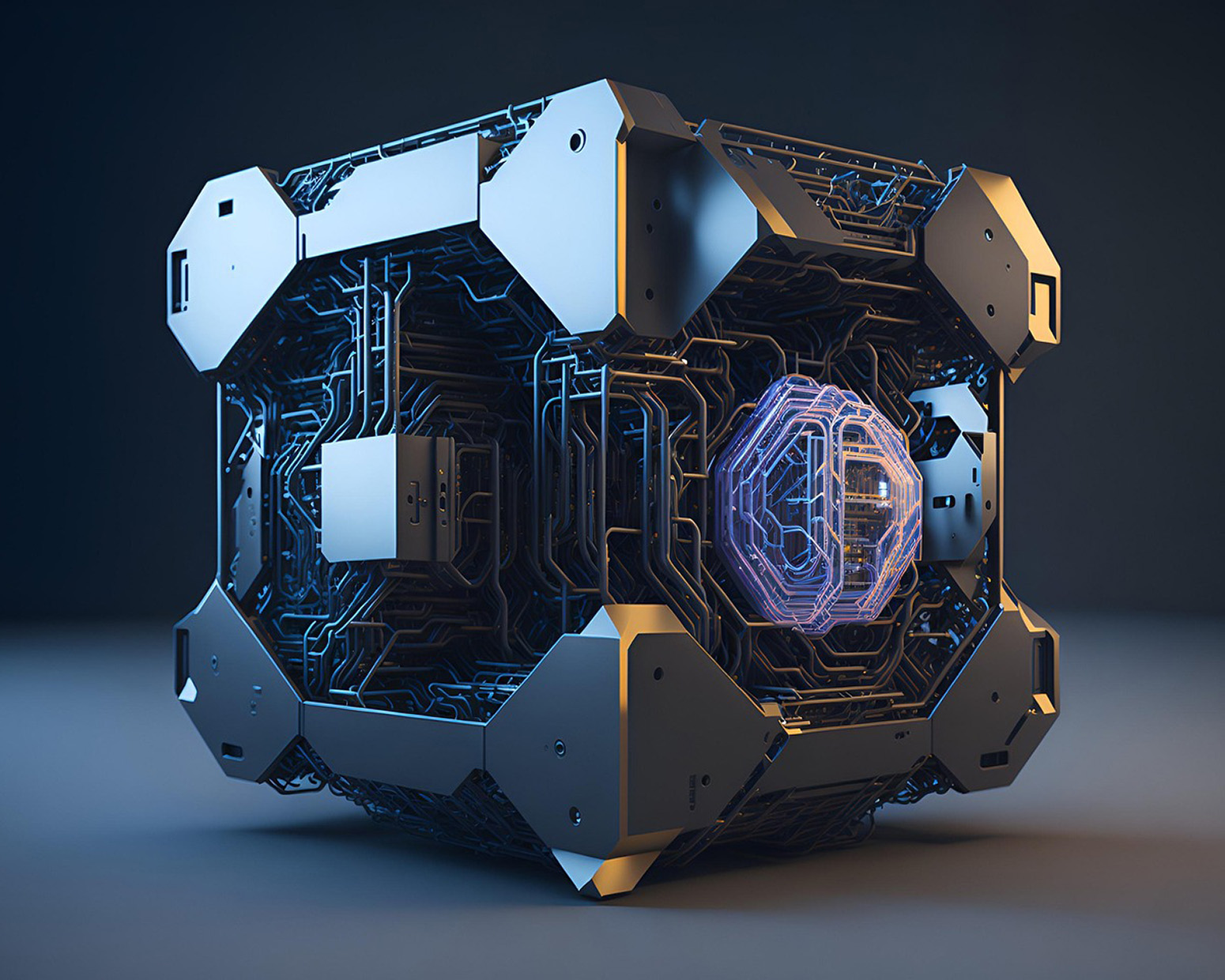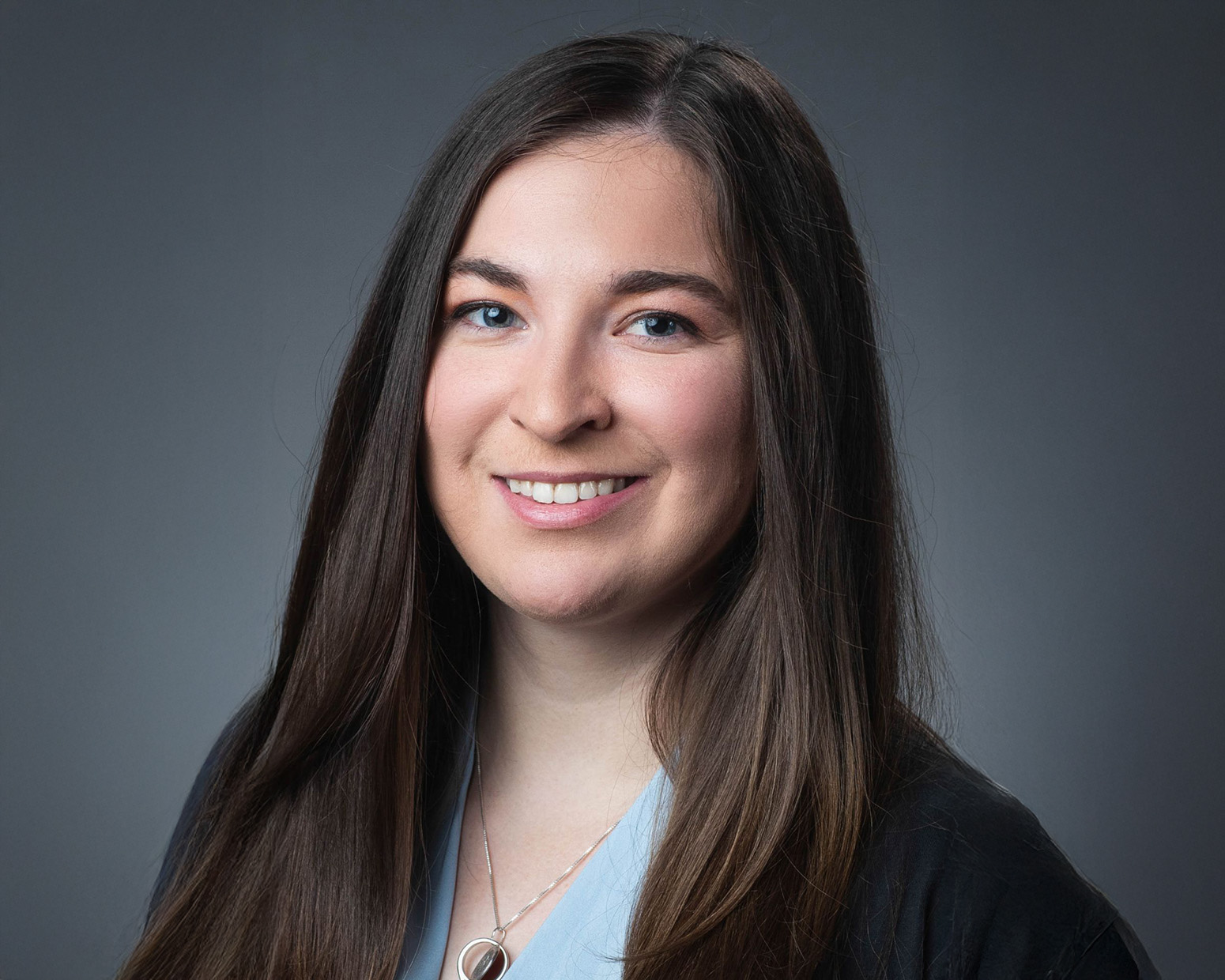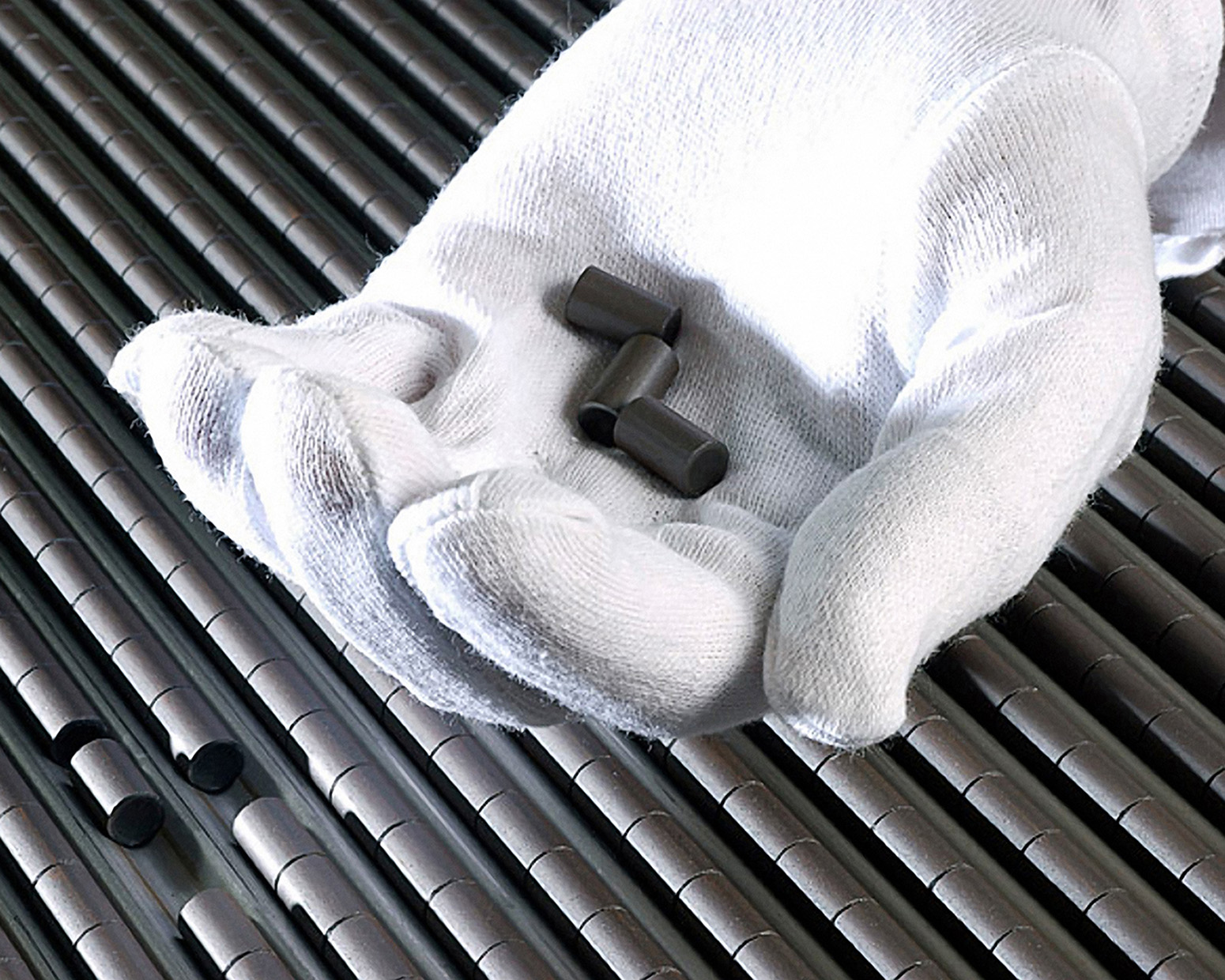How to create the brightest C-band single photon source at room temperature
12 million single photons are emitted per second

Los Alamos scientists helped a Duke University-led team get closer to achieving the decades-long quest for an ultrafast, bright and stable photon source. Using colloidal quantum dots, they demonstrated the brightest C-band single photon source at room temperature to date. It works in a wavelength band conducive to long-distance transmission.
Read the paper
Why this matters: Single photons are integral to quantum technologies that could help meet global demands for fast data transmission and communication. This work shows that colloidal quantum dots, which are widely used in television screens and color-changing LED lights, could be adapted to quantum information technologies as well.
How they did it: This team demonstrated an ultrabright, room-temperature, single-photon source based on colloidal quantum dots capable of emission in either the O- or C- telecom bands.
- Given their nonblinking characteristic, nanocavity-coupled quantum dots are prime candidates for quantum communication applications.
- The work addresses traditional drawbacks of colloidal emitters, including long emission lifetime, low quantum yield and nondirectional emission.
Funding: The Los Alamos portion of this work was supported by the U.S. Department of Energy Office of Science's Basic Energy Sciences (BES) program as part of CHIME, a Microelectronics Science Research Center; the Laboratory Directed Research and Development program; Director’s Postdoctoral Fellowships; and the Seaborg Institute. This work was conducted in part at the Center for Integrated Nanotechnologies, a user facility operated for the DOE-BES.
LA-UR-25-26070





